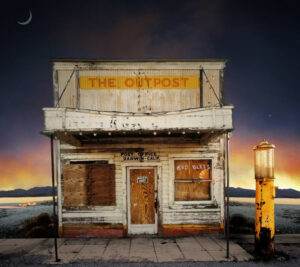Quantum teleportation is a process that transfers the quantum state of a particle to another distant particle without physically moving the particle itself. This phenomenon leverages quantum entanglement, where two particles become linked so that the state of one instantaneously influences the state of the other, regardless of the distance separating them.
Recently, engineers at Northwestern University achieved a significant milestone by demonstrating quantum teleportation over a standard fiber optic cable already carrying conventional internet traffic. This experiment indicates that quantum communication can coexist with classical data transmission within the existing internet infrastructure, potentially simplifying the development of future quantum networks.
In their study, the researchers successfully teleported a quantum bit, or qubit, over a 30-kilometer fiber optic cable. They addressed the challenge of potential interference between delicate quantum signals and robust classical data streams by identifying less congested wavelengths and implementing specialized filters to minimize noise. This approach ensured the integrity of the quantum information despite the simultaneous flow of standard internet traffic.
While this achievement marks a substantial advancement in quantum communication, the researchers reported a 10% error rate in the teleported information. This indicates that further refinement is necessary before practical implementation. Nonetheless, the successful integration of quantum and classical communications over existing infrastructure represents a promising step toward the realization of a unified, efficient, and secure quantum internet.
No comments yet.








